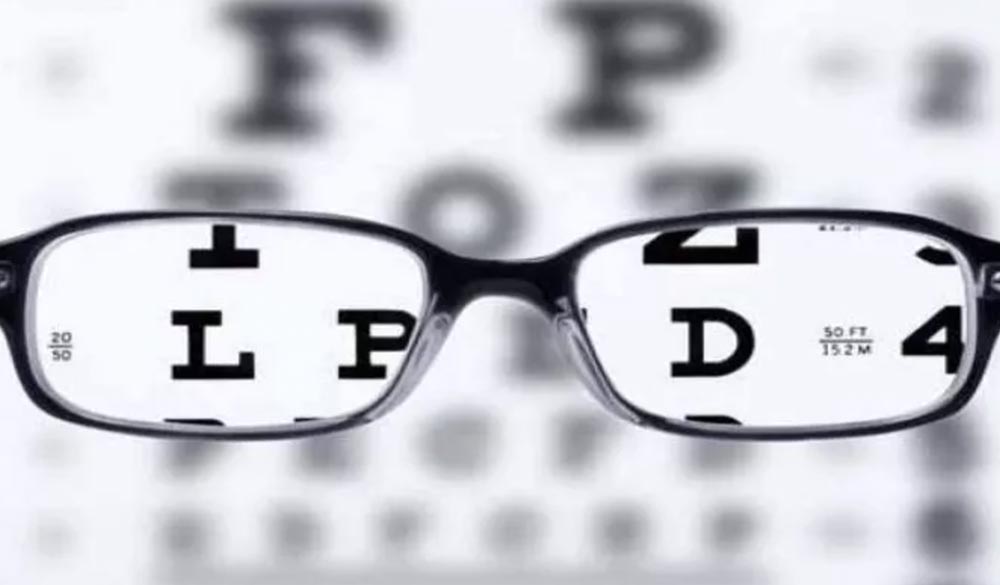How can we get rid of close glasses?
How can we get rid of close glasses?
Generally, after the age of 40, physiologically, the problem of not being able to see the close in every person arises and this issue begins to adversely affect the quality of life.
Compared to ancient times, nowadays people often have to switch between distance and near sight frequently, especially since they use the mobile phone very widely. Although the simplest method to solve this is to use close glasses, most people are not satisfied with this and look for a solution without glasses.
The first option is multifocal contact lenses. This option will be very appropriate for people who have been accustomed to using contact lenses since their teenage years. Although this type of contact lenses do not offer a very clear vision compared to single vision lenses, they can make the patient happy because they make the patient independent of glasses at far and near vision, but especially with the dry eye that comes with advanced age, the lack of contact lens experience of the patient, and the problem of not being able to see the lens while wearing it prevent the spread of this option.
As the second option, surgical lens replacement surgeries come to the forefront. Whether the patient has a cataract or not, trifocal (smart) intraocular lenses offer many options so that they can see far and near completely independently of glasses. As I mentioned in another article about the suitability of this type of lens, the decision is made after a detailed eye examination. When a trifocal lens is inserted into the eye, the patient gets rid of his distant and close glasses. But if the patient’s far vision is completely clear and such an operation is considered only for the problem of close glasses, this would be a wrong choice, because all kinds of surgeries have their own risks even though they are performed in the best hands. It is necessary to consider them before making a decision.

Another option is to give the cornea a multifocal (multifoquality) feature with a special eximer laser process. This type of laser procedure has two drawbacks. Firstly, although it varies from person to person, the effect of the laser disappears over time, and secondly, the dioptric number changes that develop with the progression of cataracts in the lens of the eye after the age of 50 can completely destroy the effectiveness of the laser.
Finally, whether it is lens replacement surgery or contact lens use, it is necessary to talk about the monovision method. With this method, the patient’s dominant eye is set to be distant focused, and the other non-dominant eye is set to one to two diopter myopic with close focus. In this way, the patient has the opportunity to see far and near without glasses. In monovision, the patient’s adaptability and degree of satisfaction may vary, and this issue should be discussed with the specialist physician before the procedure.
All these things should be evaluated specifically for the patient, and the most appropriate option for that individual should be decided as a result of a detailed examination.